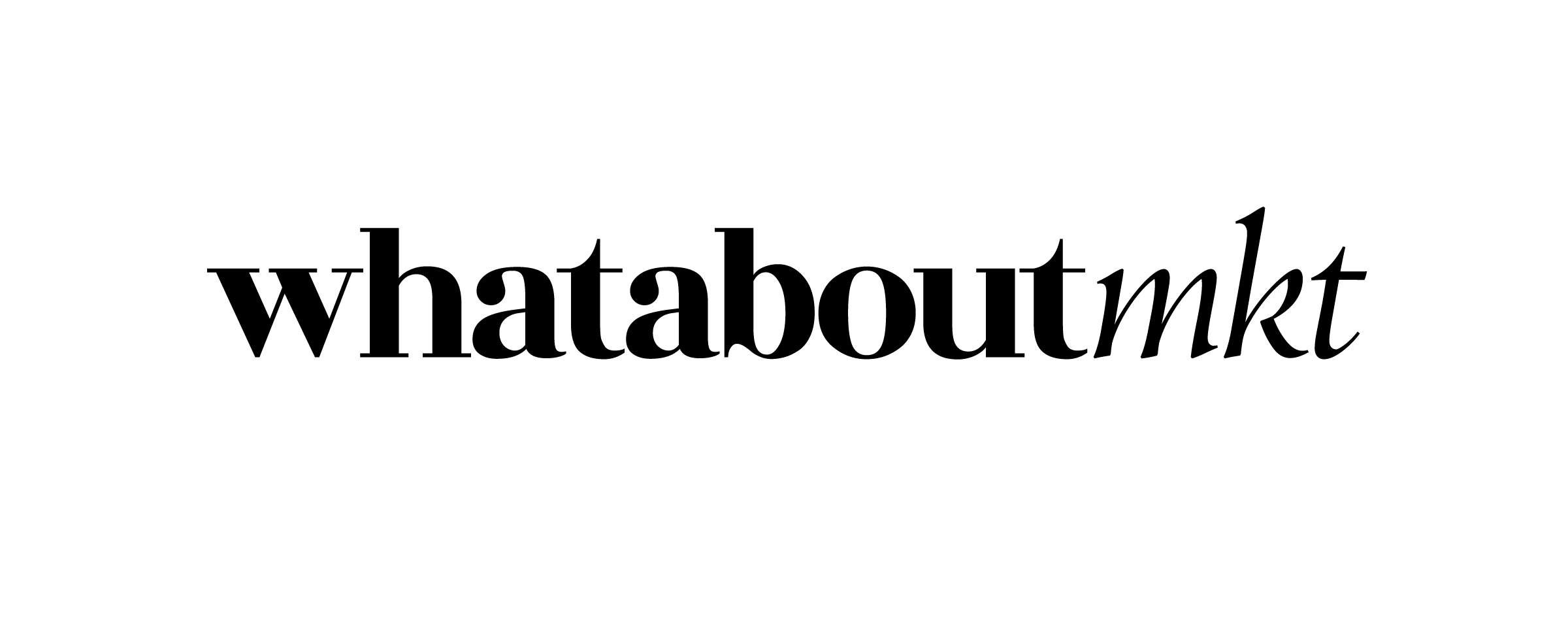Adidas is making notable strides in the global sportswear market, aiming for sustained sales growth and increased market share while longtime competitor Nike navigates its own challenges. Under the leadership of CEO Bjorn Gulden, who took the helm in 2023, the German sportswear giant has been undergoing a strategic transformation, focusing on product innovation, retail expansion, and deeper consumer engagement to drive its resurgence.
The latest earnings report reflects strong growth momentum, particularly in key regions. Adidas reported double-digit sales growth in Q4 2024, including a 16% increase in Greater China and a 15% rise in North America—marking a significant turnaround after previous inventory and brand repositioning setbacks. For 2025, the company forecasts a high-single-digit increase in currency-neutral sales, with an expected operating profit of €1.7 billion to €1.8 billion ($1.81 billion-$1.91 billion)—slightly below analysts’ expectations of €2.1 billion.
Capitalizing on Nike’s Weakness
Adidas’ resurgence comes at a time when Nike is experiencing difficulties. The U.S.-based brand has faced declining sales, inventory mismanagement, and a loss of market share. In 2024, Nike’s global market share fell from 15.2% to 14.1%, while Adidas expanded its stake from 8.2% to 8.9%.
One of Nike’s most significant challenges has been its over-reliance on digital commerce at the expense of wholesale distribution. While Adidas has strengthened its relationships with retail partners, Nike’s strategy shift resulted in shelf-space reductions at key retailers, allowing competitors like Adidas to capture more market presence. Analysts at UBS predict that Adidas will continue to gain shelf space at wholesalers, further pressuring Nike’s recovery efforts.
Despite its global expansion, Adidas acknowledges Nike’s continued dominance in the U.S. market. However, it remains committed to growing its presence worldwide while fending off competition from rising sportswear brands like On Running and Hoka. To sustain momentum beyond the success of its Samba and Gazelle models, Adidas is diversifying its product portfolio, introducing motorsport-inspired thin-soled sneakers and lifestyle-oriented running shoes to attract a broader consumer base.
The Power of Retro Sneakers and Cultural Influence
A significant factor behind Adidas’ success has been its ability to tap into the retro sneaker boom. The resurgence of classic models such as the Samba, Gazelle, and Campus has driven strong demand, with full-price sell-through rates outperforming previous collections. Adidas’ “Terrace” franchise, built around these timeless designs, has played a pivotal role in its North American comeback.
Furthermore, Adidas has leveraged strategic marketing and athlete partnerships to strengthen its brand positioning. Recent signings include WNBA star Satou Sabally and rising college football player Travis Hunter, ensuring a strong presence in mainstream and niche sports markets. Adidas has also doubled on high-profile collaborations, such as its partnership with musician Pharrell Williams on the Superstar 92 sneaker, further cementing its influence in streetwear culture.
A Financial Turnaround and Market Outlook
Adidas’ financial performance in late 2024 exceeded expectations, with Q4 revenue climbing 24% year-over-year. The company swung from a €379 million net loss in Q4 2023 to a significantly reduced loss of €39 million, reflecting successful inventory clearance and improved profitability. The strong results prompted Adidas to propose a €2 per share dividend, up from €0.70 in the prior year, signaling confidence in its continued growth.
Despite this momentum, Adidas’ stock fell 2.2% in early 2025 as investors weighed the company’s cautious outlook and macroeconomic uncertainties, including potential trade tariffs and market volatility in the U.S. However, RBC Capital Markets analyst Piral Dadhania remains optimistic, stating that Adidas will likely exceed its conservative guidance, similar to how it outperformed cautious projections in 2024.
Can Adidas Challenge Nike’s Dominance?
Looking ahead, Adidas anticipates some headwinds in 2025, including increased market volatility and the impact of U.S. tariffs. However, CEO Bjorn Gulden has expressed confidence in the brand’s long-term strategy, reaffirming Adidas’ ambition to remain a leader in the sportswear industry. Following these statements, Adidas shares recovered from early losses, reflecting investor optimism about the company’s future trajectory.
As Adidas continues to expand its market presence, CEO Bjorn Gulden has set ambitious goals for 2025 and beyond. The company aims to increase its market share across all major regions except the U.S., where Nike remains the dominant force. Gulden has acknowledged the challenge of overtaking Nike in the American market but remains confident that Adidas can become the number-one brand in other regions.
Adidas plans to strengthen its direct-to-consumer sales to sustain its growth while maintaining strong relationships with wholesalers. It is also capitalizing on the sustained demand for classic sneakers while continuing to innovate in performance and lifestyle products. Effective inventory management will be crucial in avoiding past issues related to overstocking and discounting. Expanding cultural and athlete partnerships will also allow Adidas to deepen consumer engagement in key markets.
As Adidas thrives and Nike regroups, the battle for dominance in the global sportswear industry is far from over. If Adidas can maintain its current trajectory, 2025 could mark the year it significantly closes the gap with its longtime rival, reshaping the competitive landscape of athletic apparel.









